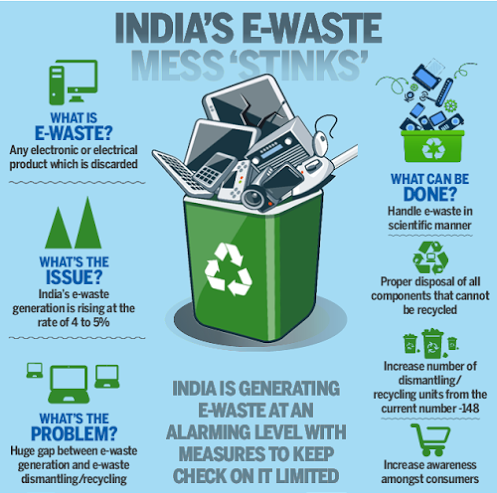The Definitive Guide to Recycling Lives Services
Table of ContentsRecycling Lives Services - The Facts10 Simple Techniques For Recycling Lives ServicesRecycling Lives Services - QuestionsThe Main Principles Of Recycling Lives Services Recycling Lives Services Things To Know Before You Get This

You can take all family electrical products to Oxfordshire's waste reusing centres for recycling. If your thing remains in working problem, take into consideration donating it. If your electric thing is damaged, you might look for a regional repair work caf where volunteers can repair it. You might likewise think about obtaining electric things that you do not utilize frequently. Additionally, all Oxfordshire neighborhood authorities approve vapes and e-cigarettes as a separate kerbside collection. Exactly how they are collected in each location varies slightly; inspect you have the proper information for your area.
Mobile batteries the kind you discover in little portable devices can additionally be recycled at the kerbside however not inside any of your containers. Examine the Waste Wizard for how to do this in your area. Larger stores that market batteries additionally have collection points for recycling old batteries. Batteries should constantly be gotten rid of from electric products where they are designed to do so and reuse independently, Energy-saving, LED and compact fluorescent light bulbs and tubes can be recycled at our reusing centres.
The Single Strategy To Use For Recycling Lives Services
Older-style filament or halogen light bulbs can be disposed of in your general rubbish bin at home. Some DIY shops likewise have collection factors for light bulbs.

The Best Guide To Recycling Lives Services
Electric products are damaged down right into separate pasts to ensure that the different materials they are made up of can be gotten rid of and recycled. Waste reusing centres are for use by householders just and can not accept waste from business sources. Nonetheless, small companies and traders have a duty of treatment under this system, which means they also have to follow the WEEE laws.
E-waste, digital waste, e-scrap and end-of-life electronic devices are terms often utilized to describe utilized electronic devices that are nearing the end of their beneficial life, and are thrown out, contributed or provided to a recycler. The UN defines e-waste as any kind of discarded products with a battery or plug, and features hazardous and unsafe compounds such as mercury, that can pose extreme danger to human and ecological health.
7 Easy Facts About Recycling Lives Services Explained
Only 17.4% of this electronic waste, containing a combination of hazardous materials and valuable materials, will be taped as being effectively gathered, treated and reused - https://www.figma.com/design/nsgzwVfQaiGTixdFNx262l/Untitled?node-id=0-1&t=3QbQXflqeLec3YH5-1. Lots of campaigns are embarked on to tackle this expanding problem, but none of them can be totally efficient without the active role and right education of consumers

Extracting disposed of electronics produces 80% much less exhausts of carbon dioxide per unit of gold contrasted with mining it from the ground. In 2015, the extraction of resources represented 7% of the world's energy consumption. This implies that relocating towards the usage of even more secondary raw products in electronic goods could help substantially within the targets laid out in the Paris Arrangement on environment change.
9 Easy Facts About Recycling Lives Services Described
Every gadget ever before produced has a carbon impact and is adding to human-made international warming. Produce a tonne of laptops and potentially 10 tonnes of CO2 are sent out. When the carbon dioxide launched over a device's life time is considered, it predominantly happens during manufacturing, prior to consumers buy an item. This makes lower carbon processes and inputs at the production phase (such as use recycled raw materials) and item lifetime key factors of total environmental impact.
Even in the EU, which leads the world in e-waste recycling, simply 35% of e-waste is formally reported as effectively gathered and recycled. Worldwide, the average is 20%; the staying 80% is undocumented, with much finishing up hidden under the ground for centuries as landfill. E-waste is not naturally degradable. The lack of reusing evaluates heavily on the international digital sector and as devices come to be much more many, smaller and extra intricate, the concern rises.
The continuing to be mass of e-waste primarily plastics laced with metals and chemicals poses a more unbending issue. A brand-new vision for the manufacturing and consumption of digital and electrical products is required. It is easy for e-waste to be mounted as a post-consumer issue, yet the issue encompasses the lifecycle of the gadgets everyone uses.